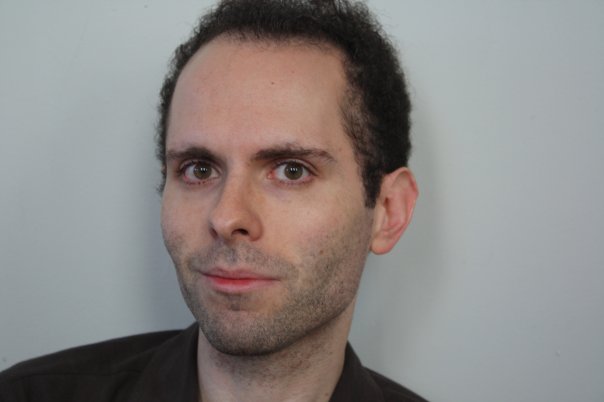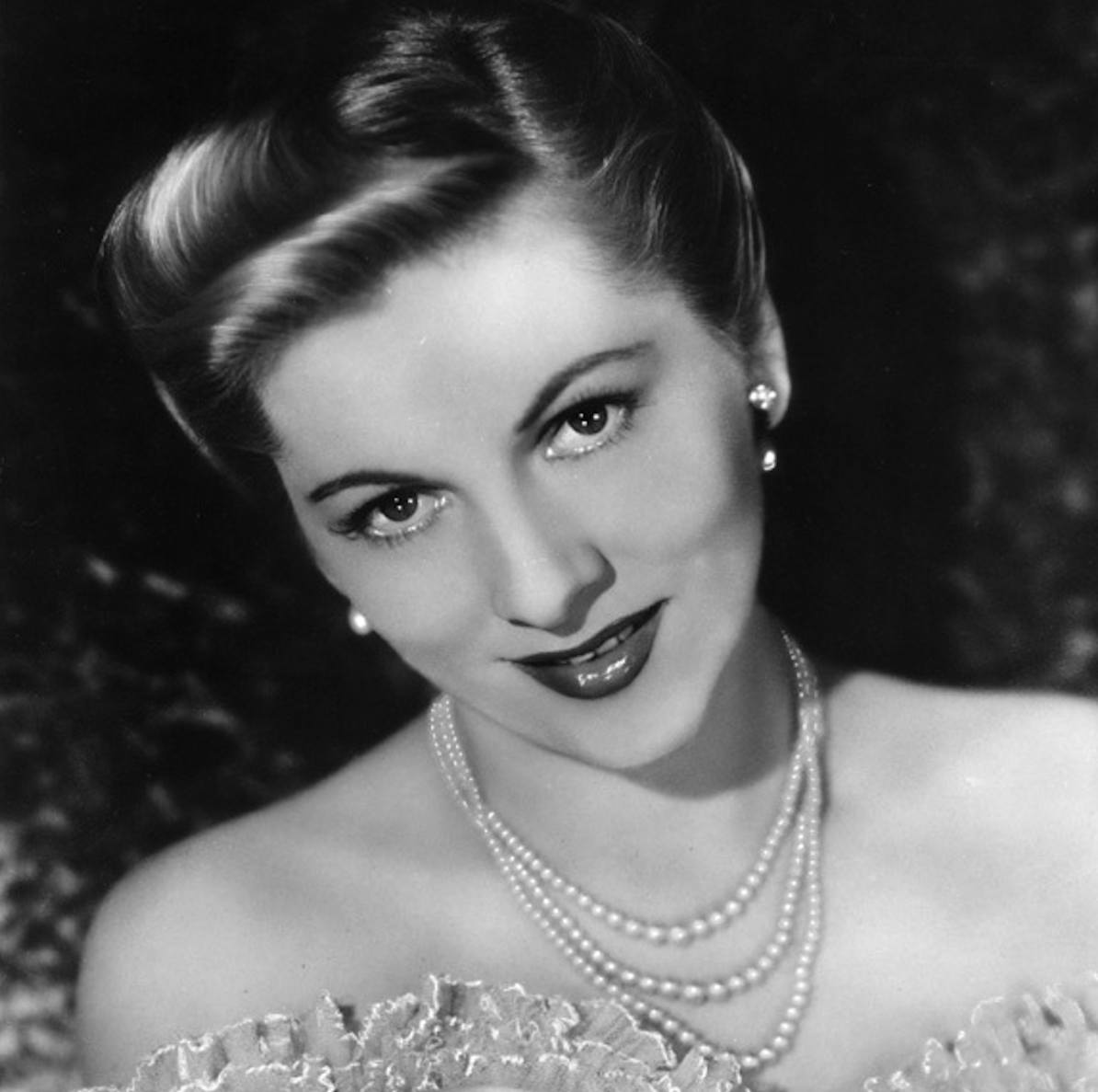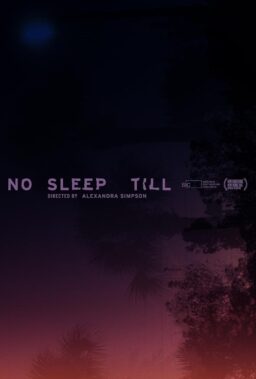Speaking of her lifelong feud with older sister Olivia de Havilland, Joan Fontaine once quipped, “I married first, won the Oscar before Olivia, and if I die first, she’ll no doubt be livid that I beat her to it!” And now, alas, Fontaine has indeed beat her sister to death, so to speak. Though she was a sophisticated and humorous woman of the world in her private life, Fontaine made a substantial film career by ringing detailed variations on pathological shyness and continually wincing embarrassment. She was brittle and sly-eyed, with the breaking voice of a pubescent boy and a body that always looked like it was twisting to ward off sudden blows.
“Oh, how awkward!” she cries in her breakthrough film, Alfred Hitchcock’s “Rebecca” (1940), as her unnamed heroine knocks over a saltshaker. This impulse to editorialize on her own gaucheness signaled a wit that appeared fleetingly in some of her comedic roles and was fully disclosed in her scathing, often unreliable 1978 autobiography, “No Bed of Roses,” in which she made fully public her lethal rivalry with de Havilland.
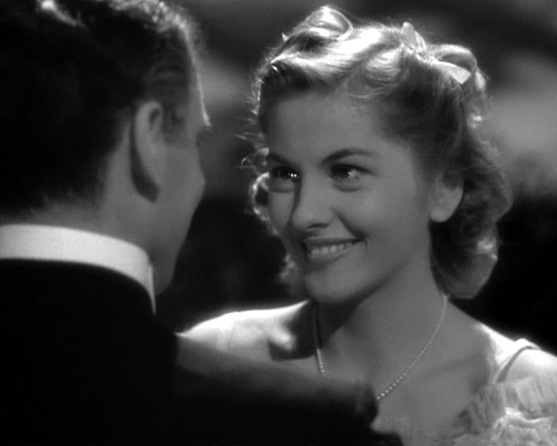
There seemed to be an unusually wide distance between her screen persona and her real life behavior, and Fontaine was rather tickled by this distance, proudly reporting her own mother’s comment after seeing “Rebecca”: “Joan always seems rather phony in real life, but she’s very believable on the screen.” Though Fontaine’s image was romantic and melting, there is a furtiveness to her on-screen devotion to love, with intimations of a self-amused, even jaded interior life flickering underneath her darting glances. Her secret life, her inner perversity, showed up most vividly in the breathless, peremptory way she talked, as if she were utilizing her stammer to throw out a series of verbal darts and hoping to wound without any fear of reproach.
Both de Havilland and Fontaine were born in Japan. In the same year de Havilland made her film debut as Hermia in a prestigious movie of “A Midsummer Night’s Dream” (1935), Fontaine made her own far less auspicious debut with a bit role in the Joan Crawford vehicle “No More Ladies” (1935). After she played another small part in a Katharine Hepburn movie, “Quality Street” (1937), Hepburn was so impressed by this affected, superior-seeming young girl that she advised RKO to star Fontaine in some low-budget films. The B-movies that followed for her, like “Maid’s Night Out,” “Blond Cheat” and “Sky Giant” (all 1938), show Fontaine painfully trying to find her own style and point of view; she sometimes seems to be outright imitating Hepburn.
Larger opportunities did not initially work out in her favor. She was uncomfortable as Fred Astaire’s new partner in “A Damsel in Distress”(1937), especially in her one dance sequence, where she was made to run an obstacle course of rocks, shrubs and lily pads. She overplayed her whimpering telephone scene of reconciliation with her husband in “The Women” (1939), which made clear that she needed strong direction. In “Gunga Din” (1939), Fontaine is just a pallid leading lady looking on at boys’ adventures.
But then she beat out a strong field of competitors, including Margaret Sullavan, Vivien Leigh and Loretta Young, for the plum role of the heroine in “Rebecca.” Her leading man, Laurence Oliver, let it be known that he would have preferred his wife Leigh in the part, and the rest of the mainly British cast treated Fontaine as snobbishly as they treat her character in the film. Hitchcock cannily used this social ostracism to the advantage of his movie, and he obtained a performance from Fontaine that touchingly delineates the agonies of a self-conscious person desperately trying to protect herself in a difficult situation that almost drives her to madness and suicide. “Rebecca” made her a star, and she followed it with another Hitchcock film, “Suspicion” (1941), an even more disturbing portrait of a sinister and unstable marriage. “Suspicion” consolidated Fontaine’s position in Hollywood and also turned an unforgivable screw for de Havilland, who lost an Oscar that year to her kid sister.

Fontaine often said that one of her favorite movies was “The Constant Nymph” (1943), an all-out romance with Charles Boyer that languished unseen for years due to legal issues with the estate of Margaret Kennedy, the author of the original novel on which the film was based. Recently freed up and shown on Turner Classic Movies, “The Constant Nymph” features Fontaine’s most uninhibited physical performance as a fourteen-year-old girl madly in love with Boyer’s avant-garde composer; she played up her character’s youth without ever overplaying it.
The quality of Fontaine’s movie vehicles of the 1940s was consistently high. She was ideally cast as “Jane Eyre” (1943) and made the most of Mitchell Leisen’s very campy “Frenchman’s Creek” (1944). In John Berry’s wonderfully sensitive and original portrait of working class life, “From This Day Forward” (1946) Fontaine proved her versatility by convincingly playing a woman with few prospects who is just trying to get through her days. She was a snake-in-the-grass murderess in “Ivy” (1947) before taking on the film that should make her immortal, Max Ophüls’s masterpiece on romantic obsession, “Letter from an Unknown Woman” (1948), which she co-produced.
There has been much written about “Letter from an Unknown Woman” by many of our finest writers on film, from Robin Wood to Molly Haskell. This is a movie I have watched over and over again throughout my life, and my view of it has changed dramatically over time. As a lovelorn teenager, I thrilled to its portrait of unrequited love, as Fontaine’s Lisa Berndle spends her life overwhelmed by Stefan (Louis Jordan), a hedonistic pianist. She runs away from home, she runs away from respectable suitors and a respectable husband, she runs away from everything just to be near Stefan. She waits for him to recognize her devotion. As I got older, I began to understand the biting irony of this movie as well as its wholehearted romanticism.
Lisa falls in love with Stefan when she is fourteen years old. Something happens to her that is akin to a religious conversion as she watches him move into her apartment house and listens to him play his music. Lisa might be seen as a fool on some level, or even deranged, but Ophüls’s camera and Fontaine’s glowing devotion to the role make her into a holy fool, a warrior for love, a heroine who follows her heart and pays the full price for it.
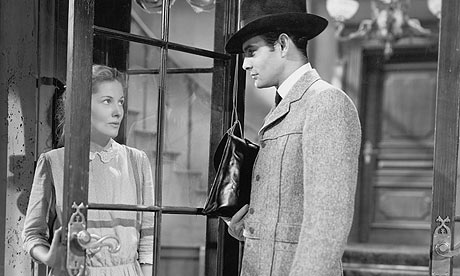
When I heard that Fontaine had died, two moments from “Letter from an Unknown Woman” immediately came to my mind. The first is the way she says, “What are you waiting for?” to Stefan when they meet again after a number of years and he cannot seem to remember her. There’s something about the rueful, chilly, candid way that Fontaine says this line that just kills me, maybe because it’s so far from her usual out-of-breath, self-deprecatory way of talking. The second moment is a physical thing: the way Fontaine’s Lisa buys flowers for Stefan in the street before going up to meet him in his apartment one final time. There is something so strange, so gallant, about the way that Fontaine buys those flowers. What woman buys flowers for a man in the street? A woman who has taken control of her own destiny. Just thinking about the image of Fontaine holding those flowers she has bought and hopefully going up to see Stefan one more time makes me cry. And they aren’t adolescent tears anymore, but adult tears that understand the full complexity of Lisa’s situation and this last gender-reversed, heroic gesture she is making toward her dream of life.
The film does not flinch from Lisa’s passive aggressive anger when Stefan doesn’t recognize her, or her need for vengeance when she writes her letter to him and tells him about all he has missed. “Letter from an Unknown Woman” is a tragic film, circular and inevitable, the confrontation between an atheist and a true believer, between a woman who feels too much and a man who feels too little who belong together because they both like winter better than spring. Why? Because in spring you can’t imagine spring.
Fontaine won a string of good roles in the 1950s, too. She is lyrically romantic again in William Dieterle’s underrated “September Affair” (1950), sly and devious in Nicholas Ray’s “Born to Be Bad” (1950), deeply charming in Leisen’s “Darling, How Could You!” (1951), a touching alcoholic in George Stevens’s “Something to Live For (1952), a soigné villain in Anthony Mann’s “Serenade” (1956), and a stoic bystander in Fritz Lang’s “Beyond a Reasonable Doubt” (1956). When film roles dried up, Fontaine took to the stage, only emerging for one more feature, a sleepy English horror movie, “The Witches” (1966), where she still plays anxiety quite winningly.
Along with her work in the theater, Fontaine made some TV appearances and even had her own cable talk show for ten years. Her extracurricular activities were varied: she was a licensed pilot, an interior decorator, an expert golfer, a prize-winning tuna fisherman, and an accomplished chef. Needling her sister Olivia was also one of her favorite hobbies. After a falling out about their mother in the late 1970s, the sisters did not speak again.
Fontaine made her home in Carmel, California, giving interviews occasionally and living a private, secluded life. When I was in college, I wrote her a fan letter, and she sent me back a beautiful autographed photo of her standing in her pearls in “Letter from an Unknown Woman,” just before Lisa leaves her husband and child to make one more play for the love of her life. Many people will want to watch Fontaine’s two Hitchcock movies again to remember her by, but she worked with so many major directors on so many interesting films that the entirety of her career stands ready for extensive reappraisal. “Letter from an Unknown Woman” will always stand as her main and undying contribution to life on this earth. What are you waiting for?
